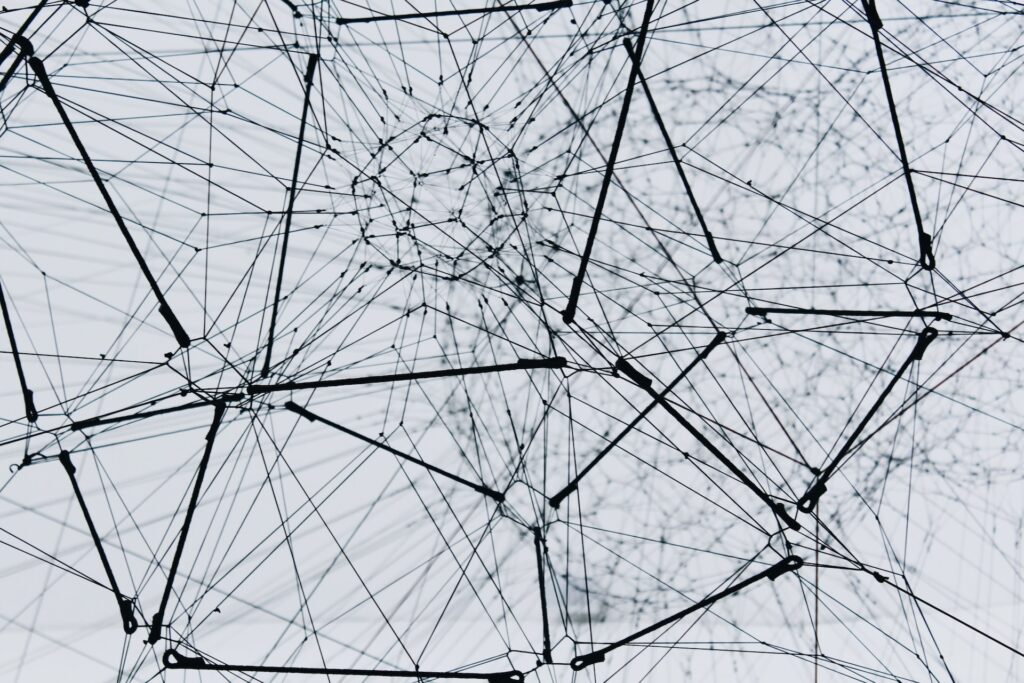ある例:「美しさ」とは – What is “beauty?”
Value – Consensus – あらゆる事象が「美しくある」事に異論を唱える方は少ないと思いますが、その「美しさ」は何なのかという掘り下げがなされる事はあまり無いように思えます。
例えばiPhoneはスマートフォンの中でも「美しい」部類に入ると思います。フレームやボタンのちょっとしたディテールや、画面構成の均質感など、見て惚れ惚れする事があります。美しさを説明せよ、と言われたら、私は恐らくそのあたりの事を、さも「美しさ」を知っているかのように話すと思います。
「美しさを知っているかのように」と書いたのは「美しさ」は絶対的な評価ではないと考えているからです。私の思う「美しさ」があれば、私以外の方が思う「美しさ」があり、それは高い確率で同一ではありません。この記事では「美しさ」の話に限定していますが、これは「甘さ」「辛さ」「大きさ」「熱さ」など感性や感覚に従うあらゆる事象に同じ事が言えます。人々は、同じセンサーを搭載しているようで、各々のキャリブレーションは異なるのが現実です。iPhoneを大変美しいという方がいれば、そこそこ美しいという方がいて、もしかしたら「全く美しくない」という方もいるかも知れません。感性や感覚は、人の経験や周辺環境にも大きく影響を受けるものです。
自分の中だけに秘める感情・情感であれば問題ないのですが、この感覚を「共有」したい時に、問題が発生します。
「これは現状美しくなく、磨けば美しくなるので、美しくしませんか」といった時に「いや、これは元々美しく、大変気に入っているので、何もする必要がない」となれば、決して合意に至る事はありません。
しかし世の中のビジネスは、実施者と被実施者との間で何らかの合意がなされて進んでいます。その合意は、どのような形で図られているのか、少し考えてみたいと思います。
価値観の総体の共有 – Sharing of totality of values
上述のように、相互の価値観が擦り合っていない時に、私が「良い」「素晴らしい」「美しい」というものを提供しようとしても、無理があります。相手はそう思っていないからです。
それを無理に提供しようとし、私の熱意に押されて相手が受け取ったとしても、その場限りの取引となり、関係の永続性はありません。
一方、価値観が合わないからといって早々に引っ込めるのは優しすぎるかも知れません。価値観を擦り合わせようという試みが無いからです。
要は価値観のすり合わせが両者納得のいく形で行われているかが重要と考えます。
PROPUPのプロセス1に置いているのは、価値の「見える化」です。
誰もが納得出来る絶対的な「良さ」や「美しさ」は無いかも知れません。しかし、定量的に価値を評価出来れば、何かを進めるにあたっての、目線を揃える契機にはなるかも知れません。「私のものさし」に違和感はあっても、「世の中のものさし」であれば納得するという方はいると思います。「世の中のものさし」は換言すれば、複数の価値観の総体であり、私も、この記事を読んでいる皆様も、それを構成する一部です。
しかし、構成する一部だからと言って、総体と方向性が同じとは限らないのが難しい所です。殆どの方が「美しい」と言っても、私だけは「美しくない」という事が起きうるからです。
「価値の見える化」については毎日のように構築方法を検討していますが、見える化するにあたり、どのような材料を揃えるか、という点が恣意的にならないように、自戒しながら進めている所です。

What is “beauty?”
Few people would disagree that all things are beautiful, but it seems to me that we rarely delve into the question of what that “beauty” is. The iPhone, for example, is one of the most “beautiful” smartphones. The little details of the frame and buttons, the homogeneity of the screen configuration, and so on, are all things that make me fall in love with it. If I were asked to explain beauty, I would probably talk about these things as if I knew what beauty was. The reason I wrote “as if I know beauty” is because I believe that “beauty” is not an absolute evaluation. If there is “beauty” as I see it, there is “beauty” as others see it, and they are not identical with a high probability. Although this article is limited to talking about “beauty,” the same can be said for “sweetness,” “spiciness,” “size,” “heat,” and any other event that follows sensitivity and sensation. The reality is that people seem to have the same sensors and each calibration is different: some people find the iPhone very beautiful, some find it moderately beautiful, and some may even find it “not beautiful at all. Sensitivity and feeling are greatly influenced by one’s experiences and surroundings.
However, the problem arises when we want to “share” this feeling. If someone says, “This is not beautiful at the moment, but it will become beautiful if you polish it up, so why don’t you make it beautiful? However, business in the world proceeds based on some kind of agreement between the doer and the donee. I would like to think a little about how this agreement is made.
Sharing of totality of values
As mentioned above, it is impossible for me to offer something “good,” “wonderful,” or “beautiful” when our mutual values are not in alignment. The reason is that the other person does not think so.
Even if I try to force them to accept my offer and they accept it because of my enthusiasm, it will be a temporary transaction, and there will be no permanence to the relationship.
On the other hand, it may be too kind to pull back too soon just because our values do not match. This is because there is no attempt to reconcile values.
In short, it is important that the values are being reconciled in a way that is satisfactory to both parties.
Process 1 of PROPUP is to “visualize” value.
There may be no absolute “goodness” or “beauty” that everyone can agree on. However, if we can evaluate value quantitatively, it may provide an opportunity to align our perspective on how to proceed with something. I believe that there are people who feel uncomfortable with “my scale,” but would be satisfied with “the world’s scale. In other words, the “world’s scale” is the sum of multiple values, and I and everyone reading this article are a part of it.
However, just because we are a part of it, it does not mean that we have the same direction as the whole. It is possible for most people to say that something is beautiful, but for me, it is not.
We are considering how to visualize value on a daily basis, but we must be careful not to be arbitrary in deciding what materials to use in visualizing the value.
- AM/PM/BM/LM/FM/CM
- 工事区分について – Construction Classification
- About Long-term Repair Plan – 長期修繕計画
- 収支計算の際に大切なこと
- グレードアップについて – About Upgrades
